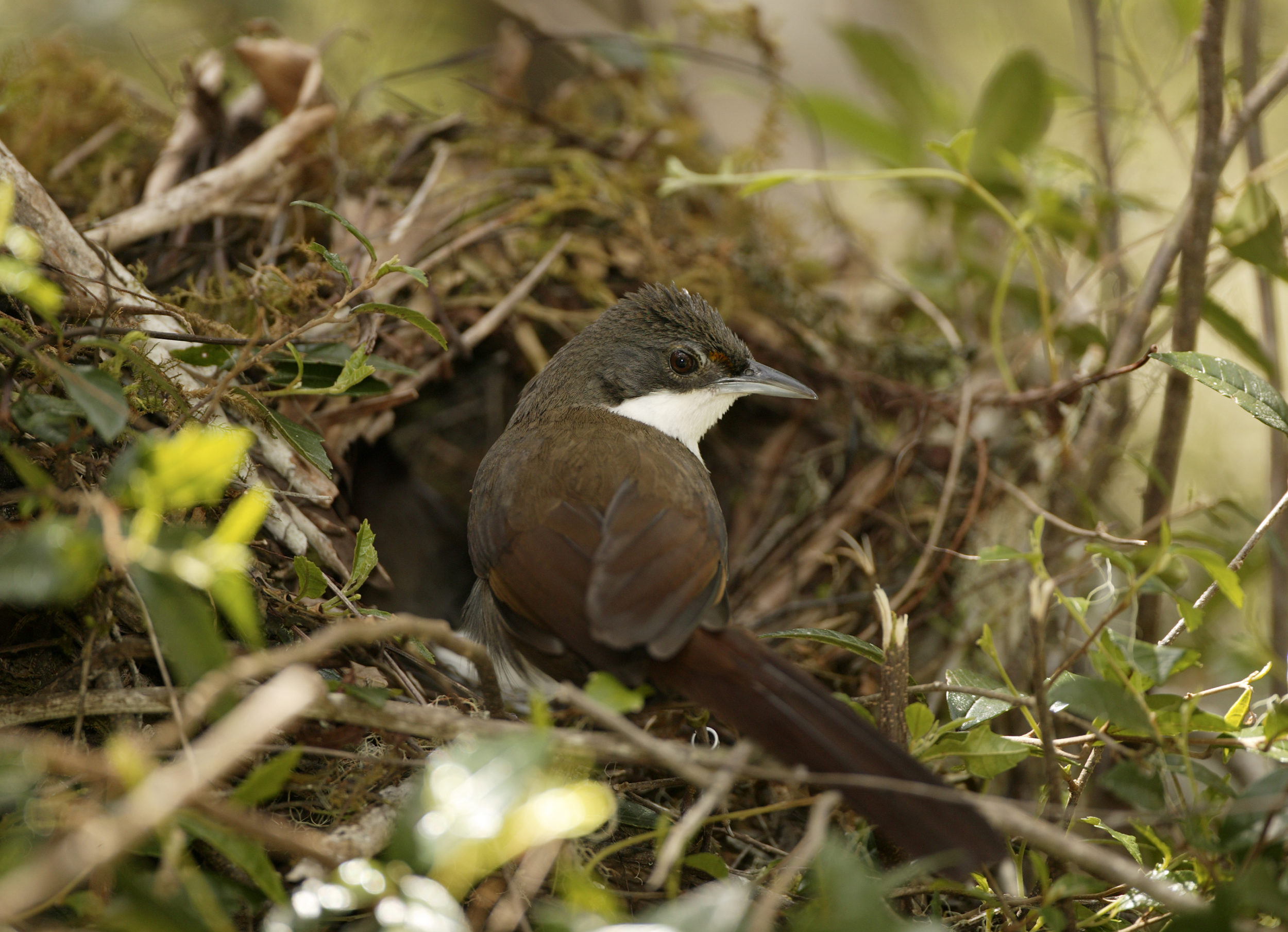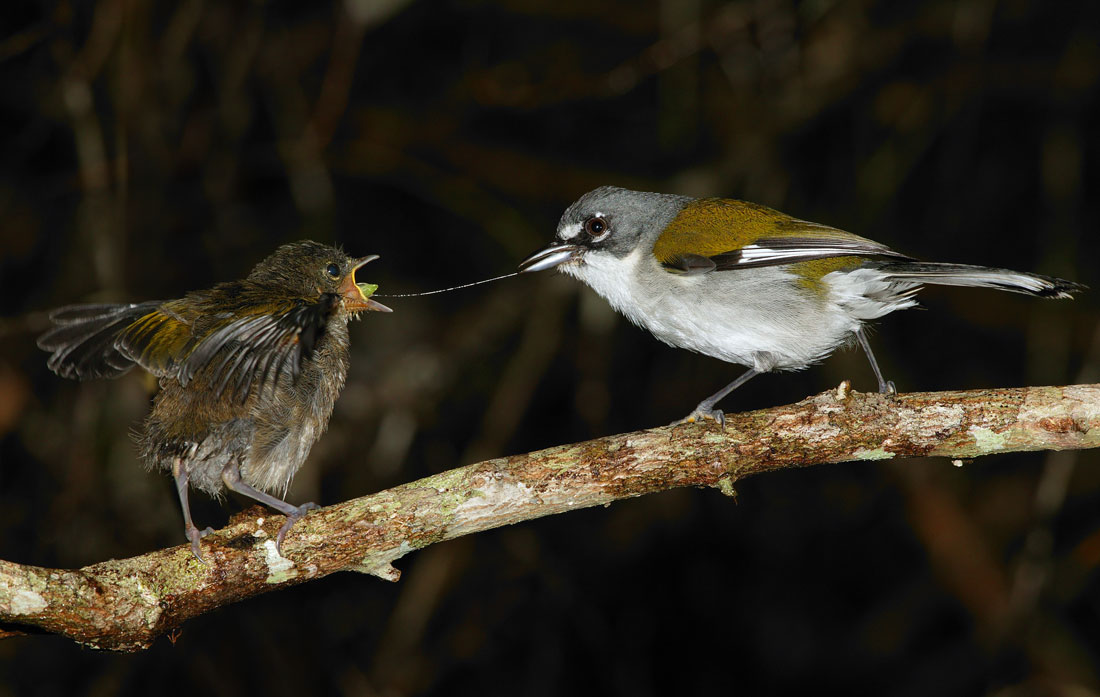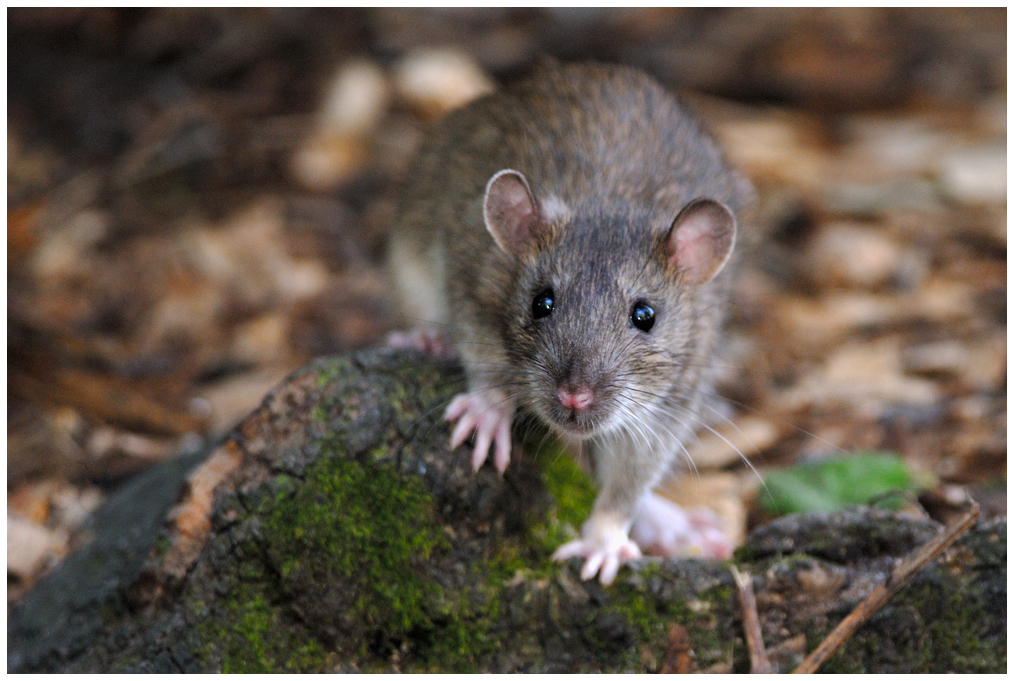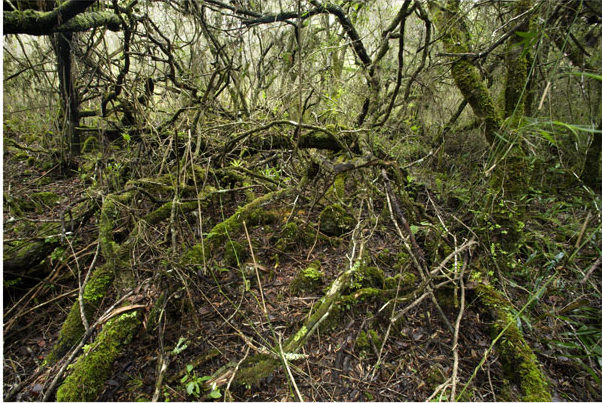
Western Chat-Tanager – one of two Hispaniolan endemic species whose nests had never been described to science prior to VCE’s Sierra de Bahoruco study. / © Eladio Fernandez
Despite Hispaniola’s importance to global biodiversity, surprisingly little is known about the basic biology and ecology of its resident birds—particularly the 31 endemic species that are found nowhere else on Earth. Birds on Hispaniola face chronic threats from deforestation, habitat degradation, non-native predators, and climate change.To effectively inform conservation of the island’s vulnerable avifauna, it is crucial to document life histories of resident birds, including their breeding biology. Recognizing this urgent need, VCE and colleagues carried out the island’s first-ever assessment of nesting ecology and reproductive success of 14 species in the southwestern Dominican Republic’s biodiverse-rich Sierra de Bahoruco. Their results were recently published in The Wilson Journal of Ornithology.
Chris Rimmer, Kent McFarland, and their colleagues (Jason Townsend, then of SUNY-College of Environmental Science and Forestry, NY; Steven Latta, National Aviary, PA; Danilo Mejia, Grupo Acción Ecológica, DR; and Esteban Garrido, Grupo Jaragua, DR) conducted pioneering field work in Sierra de Bahoruco over four months in both 2003 and 2004. Challenged mightily by conditions that ranged from harsh weather (extreme heat, heavy rains), rugged terrain, near-impenetrable vegetation, and daunting logistics, the team scoured four distinct habitat types over an elevational gradient from sea level to ~1,750 m. These included low-elevation desert thorn scrub; mid-elevation dry broadleaf forest; high-elevation pine forest; and wet broadleaf montane forest (cloud forest).
How in the world could anyone possibly find nests in these densely vegetated, difficult-to-access environs? It wasn’t easy—the team found nests by painstaking visual searches, by following behavioral cues of adult birds, and, sometimes, by sheer luck. Once located, nests were unobtrusively marked and georeferenced via GPS for monitoring and to minimize disturbance, since the biologists had to visit each nest every few days to determine timing of hatching, fledging dates and final outcomes.
Hard work and dogged persistence paid off with the discovery of 643 nests of 19 species, including nests of two endemics (Western Chat-Tanager and Hispaniolan Highland-Tanager, formerly known as the White-winged Warbler) that had never before been described to science! For all species, the biologists summarized life history data, including clutch size, incubation and nestling periods, dates of laying, hatching, and fledging, and causes of nest failure. For nests lost to predators, the team attempted to identify the most likely type of predator responsible (only on rare occasions were predators caught “red-handed”). Mammalian predators were prime suspects for nests that were substantially destroyed or contained eggshells scattered in or around the nest cup; when eggs or nestlings were missing but nests remained intact, the predation event was attributed to snakes or avian predators.

Adult and fledgling White-winged Warbler, another endemic species for which VCE’s Sierra de Bahoruco study yielded the first-ever documentation of its nest. / © Eladio Fernandez
While nesting success varied by species and habitat, overall rates of nest survival were low, as is typical in tropical environments. Among the six most commonly monitored species, nest success ranged from 19–67%, averaging only 35–45%. Nest predation by introduced mammals was the leading cause of failure among all species and in all habitats: of 346 depredated nests, 296 (86%) were taken by mammals. Non-native mammalian predators on Hispaniola include black and Norway rats, Indian mongoose, and feral cats. All are relative newcomers to the island’s fauna, with rats having arrived ~400 years ago via earliest European contact, and mongoose arriving ~135 years ago. Rat populations are exceptionally high on Hispaniola, where a trapping study by VCE at cloud forest sites revealed some of the highest capture rates of introduced rats ever recorded in an island setting!

Norway Rat / © Jean-Jacques Boujot (CC BY-SA 2.0)
VCE’s Chris Rimmer remarked “While it was sobering to document such high nest predation rates and relatively low breeding productivity across Sierra de Bahoruco, our findings highlight the importance of understanding the basic breeding biology of this region’s unique and vulnerable avifauna. The prevalence of invasive mammalian nest predators–all of which associate to some extent with humans–makes it all the more crucial that we maintain the integrity of protected forest blocks inside this biological treasure of a national park.”
Sierra de Bahoruco straddles the Dominican border with Haiti and is a flashpoint for deforestation, expansion of large-scale export-focused agriculture, and incursion on the park system by small-scale, shifting agriculturalists. VCE’s study established an invaluable baseline of data on nesting birds, demonstrating an additional and serious threat to the region’s breeding bird communities from introduced mammalian predators. These invasive predators undoubtedly affect avian population growth rates, such that their control—while it poses daunting logistic challenges—should be carefully considered as a key approach to manage threatened or declining species.

Cloud forest at VCEs Pueblo Viejo study site in Sierra de Bahoruco, highlighting the challenges of nest searching in this dense habitat. / © Eladio Fernandez

Great work. Congratulations.
Excelente trabajo, un gran aporte para el conocimiento más profundo de nuestras aves endémicas, saber que peligros afectan las poblaciones de estas en los periodos más vulnerables, que es cuando están anidando. También es triste saber que los esfuerzos de nuestras instituciones gubernamentales y en la de ciencias son tan tímidos en verdaderamente conocer lo nuestro.
Wow… discovering 643 nests in such an environment is simply amazing. Great work!
Amazing job and fascinating report, well done.